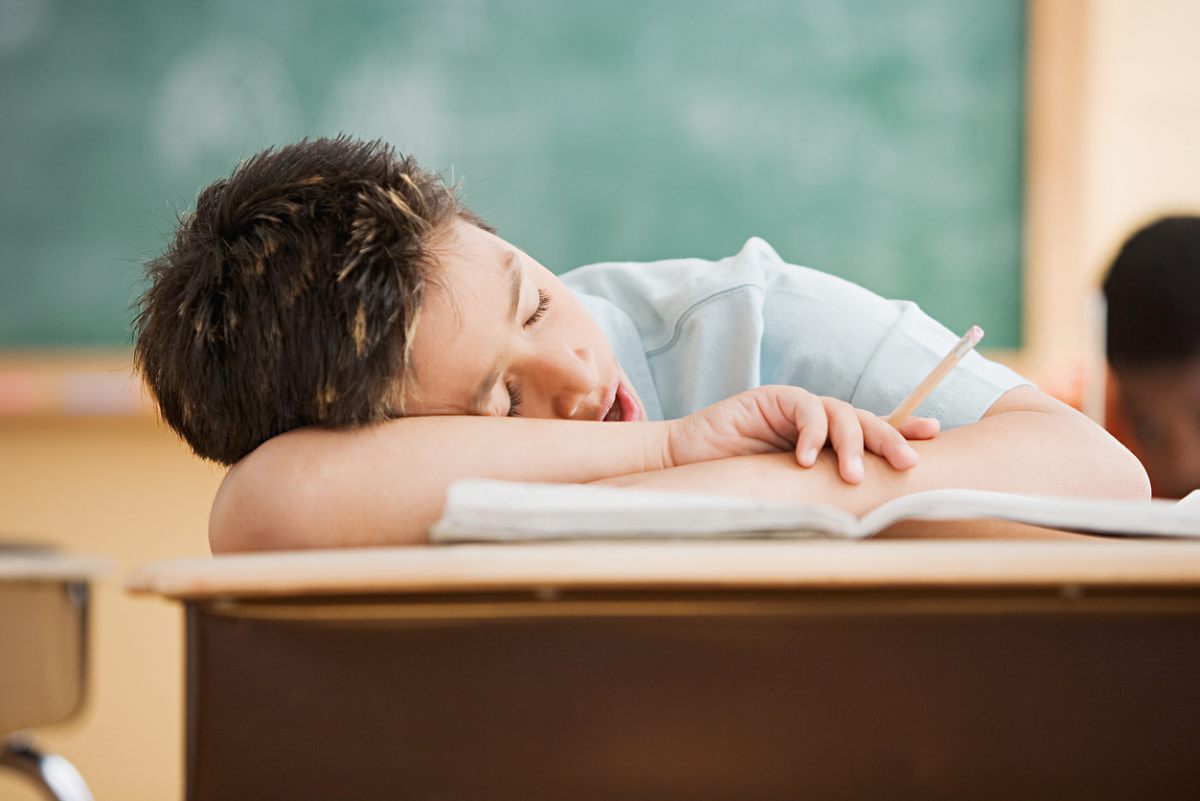Narcolepsy is a disorder that impacts the brain’s ability to control sleep and wakefulness. It is a neurological disorder that requires medical intervention. The condition often goes undiagnosed, but it is estimated that roughly 200,000 Americans have the condition. You may wonder, can children have narcolepsy? Below you will find helpful information on narcolepsy and what treatment options are available.
Can Children Have Narcolepsy?
Narcolepsy impacts children and unfortunately often goes undiagnosed or misdiagnosed. Despite this, it remains estimated that roughly 1 in every 100,000 children have the condition. It impacts both boys and girls equally and symptoms can impact children as young as four years old. However, it often goes undiagnosed when children are young. Only later in adolescence or adulthood is the disorder properly diagnosed.
Children with the disorder are seriously impacted by it as the excessive sleepiness can impact all aspects of their life. Common issues include constant and excessive daytime sleepiness, sudden sleep episodes that occur all throughout the day, and continuous struggles with staying awake during the day. These issues can impact children’s school performance and their social activities so it’s important to get treatment from an NYC sleep doctor as soon as possible.
Symptoms of Narcolepsy
Because narcolepsy often goes undiagnosed or misdiagnosed, it’s important to understand the symptoms of the disorder. Consider the following symptoms of narcolepsy.
Excessive Daytime Sleepiness:
This is often the first symptom of the disorder in children. Excessive daytime sleepiness (“EDS”) impacts normal daily activities on a daily basis. In children, this often impacts them during times of inactivity. For example, during school, when they are reading, or riding in the car. Children who experience these symptoms of narcolepsy often take naps on a daily basis for two to three hours at a time. While napping is normal for some young children, those with narcolepsy continue to nap even after the age of six. Despite the long nap, tiredness often rears its head a couple of hours after their nap.
Mental and Memory Issues:
EDS can cause a number of other issues. Mental cloudiness, forgetfulness, decreased attention, difficulty concentrating, and poor school performance can occur because of the sleepiness associated with the disorder. In addition, some children experience behavioral issues such as hyperactivity, irritability, aggression, social withdrawal, and even depression.
Cataplexy:
This is a sudden and brief loss of muscle tone or strength. A brief feeling of weakness in the knees, slackness in the jaw, or drooping eyelids are common. Cataplexy is caused by stress or other strong emotions such as excitement or anger. This impacts nearly 70% of children with the disorder. It can be mild and last from a few seconds to minutes depending on the episode.
Sleep Paralysis:
Episodes of sleep paralysis come with an inability to move or speak when you wake up or just before you fall asleep. This often lasts a few seconds or minutes. If someone touches you, that can help address sleep paralysis.
Hallucinations:
Often occurring with sleep paralysis, hallucinations are also a symptom of narcolepsy. Hallucinations are vivid and often occur just before you fall asleep or right when you wake up.
Treatment for Narcolepsy in NYC
If your child experiences any of the symptoms above, it’s important to talk with a sleep doctor right away. A proper diagnosis and treatment for narcolepsy in NYC can be highly beneficial for your child. Depending on the severity of the condition, a multi-prong approach may prove used to treat the condition. A combination of medication and lifestyle changes can dramatically improve your child’s life. Contact the team at Sleep MD today to set up an appointment!


